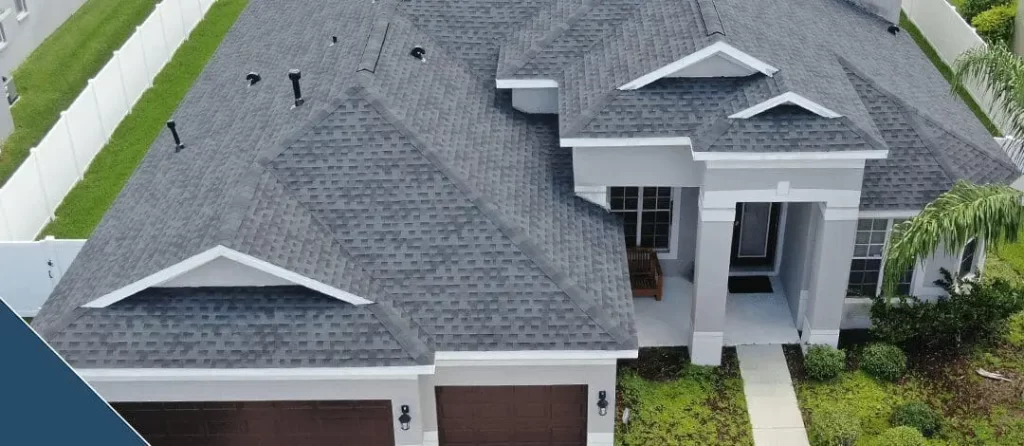Roof Repair and Energy Efficiency: How They Relate
A well-maintained roof does more than protect a home from rain, snow, and wind. It plays a critical role in the overall energy efficiency of a property. Many homeowners overlook how a damaged or aging roof can lead to higher utility bills, temperature fluctuations, and unnecessary strain on HVAC systems. Understanding the connection between roof repair and energy efficiency can help homeowners make smarter decisions about maintenance and upgrades.
The Role of Roofing in Temperature Regulation
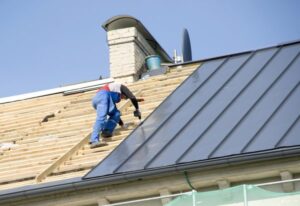 One of the primary ways a roof contributes to energy efficiency is by regulating the internal temperature of a building. A structurally sound roof with proper insulation and ventilation helps keep heat inside during the winter and blocks it out during the summer. When shingles are damaged, insulation is compromised, or there are leaks, the home’s ability to maintain a consistent temperature is significantly reduced. This causes heating and cooling systems to work harder, increasing energy consumption and utility costs.
One of the primary ways a roof contributes to energy efficiency is by regulating the internal temperature of a building. A structurally sound roof with proper insulation and ventilation helps keep heat inside during the winter and blocks it out during the summer. When shingles are damaged, insulation is compromised, or there are leaks, the home’s ability to maintain a consistent temperature is significantly reduced. This causes heating and cooling systems to work harder, increasing energy consumption and utility costs.
Proper insulation beneath the roof is vital for trapping warmth during cold months and keeping interiors cool during summer. If insulation gets wet due to roof leaks or is missing in certain areas due to age or poor construction, the home loses its thermal barrier. Repairing the roof in such situations restores the integrity of this barrier and enhances the home’s energy performance.
The Impact of Roof Ventilation
Ventilation is another critical component that links roof repair and energy efficiency. A roof with insufficient ventilation can trap heat and moisture in the attic. This not only causes discomfort but can also lead to mold growth, wood rot, and deteriorating roofing materials. These issues make the home less energy efficient over time.
A well-repaired roof includes proper ventilation systems that allow air to circulate and reduce the attic temperature. Cooler attic temperatures in the summer reduce the strain on air conditioning systems. In winter, good ventilation prevents ice dams from forming, which can cause structural damage and lead to energy loss. Maintaining these ventilation systems through regular roof inspections and timely repairs ensures they continue to function as intended.
Reflective Roofing Materials and Modern Innovations
Advancements in roofing materials have made it easier to enhance energy efficiency through roof repair or replacement. Reflective roofing options, also known as cool roofs, reflect more sunlight and absorb less heat compared to traditional materials. These materials can significantly reduce roof surface temperature, especially in warmer climates.
If a home’s roof is outdated or damaged, upgrading to reflective materials during repairs can make a noticeable difference in indoor comfort and energy use. Even small repairs, like replacing broken or missing shingles with reflective alternatives, can contribute to better energy efficiency over time.
The Importance of Professional Roof Inspections
Regular roof inspections by qualified professionals help detect minor problems before they become major issues that negatively affect energy efficiency. Professionals can identify signs of insulation damage, ventilation blockages, or roof leaks that might not be visible from the ground.
Timely repairs based on these inspections can prevent further energy loss and save homeowners from higher energy bills. By catching issues early, homeowners can extend the life of their roof and improve the performance of their entire home’s energy system.
Cost Savings and Long-Term Benefits
Investing in roof repair may seem like an expense, but it often pays for itself in energy savings. Homes with repaired and energy-efficient roofs generally see reduced heating and cooling costs. Over time, these savings can be significant, especially when combined with other energy-efficient upgrades like better windows and insulation.
Moreover, an energy-efficient home has a higher resale value. Potential buyers are often drawn to properties that are not only in good condition but also promise lower operating costs. A repaired, energy-conscious roof becomes an attractive feature for those looking to make a long-term investment.
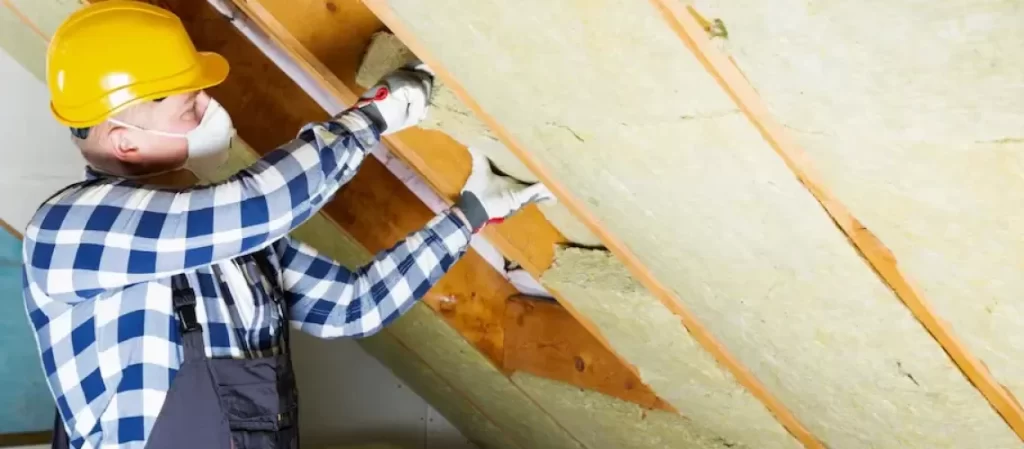
Environmental Considerations
In addition to financial savings, improved energy efficiency through roof repair also contributes to environmental sustainability. When a home uses less energy for heating and cooling, it reduces its carbon footprint. This means fewer greenhouse gas emissions and a smaller impact on the environment.
Choosing eco-friendly roofing materials and ensuring proper maintenance supports a greener lifestyle. Homeowners who make energy-conscious roofing decisions are not only benefiting their own household but also contributing to broader environmental efforts.
 Boise experiences a wide range of temperatures throughout the year. Winters bring snow and freezing temperatures, which can cause ice dams and moisture buildup. Summers, on the other hand, are hot and dry, with intense sun exposure that can degrade roofing materials over time. These extremes make it essential to select appropriate roofing materials and implement a consistent maintenance strategy.
Boise experiences a wide range of temperatures throughout the year. Winters bring snow and freezing temperatures, which can cause ice dams and moisture buildup. Summers, on the other hand, are hot and dry, with intense sun exposure that can degrade roofing materials over time. These extremes make it essential to select appropriate roofing materials and implement a consistent maintenance strategy.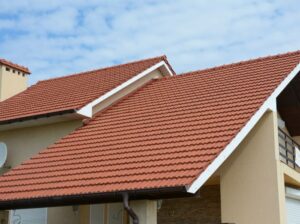 Another crucial factor in prolonging the life of your roof is the quality of materials and the installation process. While budget-friendly options may be appealing initially, investing in high-quality shingles or metal roofing can pay off in the long run by reducing the need for frequent repairs and increasing the roof’s overall durability.
Another crucial factor in prolonging the life of your roof is the quality of materials and the installation process. While budget-friendly options may be appealing initially, investing in high-quality shingles or metal roofing can pay off in the long run by reducing the need for frequent repairs and increasing the roof’s overall durability.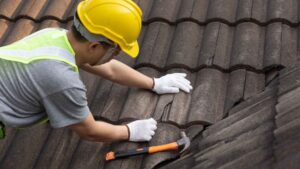 The roof acts as the defining element of your home’s exterior, framing its overall design and character. A roof that is in poor condition or outdated can make a home look neglected, detracting from its visual appeal. On the other hand, a new or well-maintained roof can instantly elevate the look of a home, making it appear more polished and cared for. This is especially true in neighborhoods where homes are closely spaced, and the roofline can be seen from various angles. In many cases, the roof can serve as a focal point, influencing how the rest of the home is perceived.
The roof acts as the defining element of your home’s exterior, framing its overall design and character. A roof that is in poor condition or outdated can make a home look neglected, detracting from its visual appeal. On the other hand, a new or well-maintained roof can instantly elevate the look of a home, making it appear more polished and cared for. This is especially true in neighborhoods where homes are closely spaced, and the roofline can be seen from various angles. In many cases, the roof can serve as a focal point, influencing how the rest of the home is perceived.